Ganghwa Deokjinjin Fortress (강화 덕진진)
7.5 Km 29242 2020-03-16
34, Deokjin-ro, Ganghwa-gun, Incheon
+82-32-930-7074
Deokjinjin was the key strategic point of the outer castle wall used for defending the Ganghwa Straits during the Goryeo dynasty (918-1392). It was originally a military camp commanded by an official with the rank of Cheomsa under the command of the Korean naval base. In 1677, an official with the rank of Manho was assigned to this camp along with 26 military officials, 100 soldiers, 2 battle ships, and other military equipment. In 1679, the Namjangpodae and Deokjinpodae batteries were stationed here.
Deokjinjin Camp was the scene of fierce battles that took place during Byeonginyangyo (the French invasion in 1866) and Shinmiyangyo (the American invasion in 1871). The battlements and gatehouse of Deokjinjin that had all been destroyed during Sinmiyangyo were restored in 1977. At the Namjangpodae Battery, cannons used by the Joseon military have been reproduced and installed for display.
Gapgotdon Watchtower (갑곶돈대)
7.5 Km 20624 2021-01-18
18, Haeandong-ro 1366beon-gil, Ganghwa-gun, Incheon
+82-32-930-7077
Gapgotdon Watchtower was built to protect the Ganghwa Straits from invasion when the Goryeo Kingdom moved their capital to Ganghwado Island. The fortified area served as a highly strategic location for the Goryeo Kingdom, and had endured multiple invasions by the Mongolian troops between 1232 and 1270.
The watchtower was fortified in the Joseon dynasty by King Sukjong in 1679 and had once fallen during the French campaign against Korea in 1866. In 1977, the site was restored to its original form. The cannons exhibited at the current site were made during the Joseon dynasty to attack outside invaders from sea.
[Ganghwa Nadeul-gil Course 2] Homeland Fortification Trail ([강화 나들길 제2코스] 호국돈대길)
7.6 Km 23046 2021-08-11
24, Cheonghadong-gil, Ganghwa-gun, Incheon
+82-32-934-1906
The Ganghwa Nadeul-gil Trails are a collection of walking paths along the coast of Ganghwa Island that connect the watchtowers and and walls of Ganghwasanseong Fortress, as well as royal tombs and other historically significant sites from the Goryeo dynasty that dot the island.
[Ganghwa Nadeul-gil Course 2] Homeland Fortification Trail
Course 2 stretches over a 17 kilometer area between Gapgotdon Watchtower and Chojijin Fort. This trail showcases the history of the island and the changes that happened before and after the opening of the port. The course follows a coastal road that is particularly beautiful in spring and fall.
Uniqlo - Gimpo Janggi Branch [Tax Refund Shop] (유니클로 김포장기)
8.1 Km 0 2024-04-19
1523, Gimpo-daero, Gimpo-si, Gyeonggi-do
-
Monte Del Pino (몬떼델피노)
8.1 Km 0 2024-02-21
49-19 Gimpohangang 6-ro, Yangchon-eup, Gimpo-si, Gyeonggi-do
Monte Del Pino is a spacious brunch and bakery café, featuring an expansive outdoor garden and high ceilings. It offers a variety of beverages to complement its basic espresso, as well as an assortment of bread made from organic flour and premium French butter. Their brunch menu includes American brunch platter and eggs benedict. Additionally, they host live performances four times a day, each lasting for forty minutes.
Pyeongchang Jinbu Makguksu (평창진부막국수)
8.1 Km 0 2024-02-21
29 Gimpo-daero 1518beon-gil, Gimpo-si, Gyeonggi-do
Pyeongchang Jinbu Makguksu is a restaurant specializing in Pyeongchang memil makguksu (buckwheat noodles), using exclusively high-quality buckwheat flour from Pyeongchang. Their signature dishes include mulmakguksu (buckwheat noodles), bibim makguksu (spicy buckwheat noodles), and deulgireum makguksu (buckwheat noodles with perilla oil). The combination of the pleasantly spicy bibim makguksu and Jeju hanbang suyuk (boiled Jeju pork slices with medicinal herbs) is particularly noteworthy. The restaurant also offers memil jeonbyeong (buckwheat crepe), sonmandu (handmade mandu), and the seasonal hanu sagol manduguk (mandu soup), available only in winter (November to February).
Ganghwa Chojijin Fortress (강화 초지진)
8.4 Km 29729 2021-02-10
58, Haeandong-ro, Ganghwa-gun, Incheon
+82-32-930-7072
Chojijin Fortress is believed to have been built in 1655 (6th year of King Hyojong) for the purpose of national defense against coastal attacks from foreign enemies based on articles regarding the construction of Chojijin Fortress. The fortress was the scene of many hard-fought battles including the invasions of America and Japan in the 1870s. The site was then taken by the foreign troops due to the inferior fighting power of the Korean military, and very nearly completely destroyed. In 1876 (13th year of King Gojong), the Japanese warship Unyangho invaded and forced the Joseon Kingdom to open their ports, which later led to the forced signing of the Jana-Korea Treaty of 1876. Only the base of the fortress and the site of the high ground remained until 1973, when restoration work was started. The patriotic spirit of the Joseon dynasty still remains in this historic site.
Spao [Tax Refund Shop] (스파오)
8.5 Km 0 2024-04-22
12, Gimpo-daero 1473beon-gil, Gimpo-si, Gyeonggi-do
-
Ganghwa Ginseng Department Store [Tax Refund Shop] (주식회사 강화인삼백화점)
8.8 Km 0 2024-04-22
2F, 10, Hoenamu-ro 42-gil, Yongsan-gu, Seoul
-
Ganghwa Seonwonsa Temple Site (강화 선원사지)
8.8 Km 12516 2022-09-19
222, Seonwonsaji-ro, Ganghwa-gun, Incheon
+82-32-933-8234
Ganghwa Seonwonsa Temple Site was first discovered in 1976 during a surface examination around Ganghwado Island undertaken by the Ganghwado Island Academic Research Team of Dongguk University. The site was designated as Historic Site No. 259 in 1977. Seonwonsa Temple was built by General Choi Wu in 1245 (the 32nd year of King Gojong’s reign during the Goryeo dynasty), which was right after the transfer of the capital to Ganghwado during resistance against the Mongolian invasion.
The temple was meant to be a spiritual mainstay in fighting against Mongolia. It used to be one of the two largest temples in Korea along with Songgwangsa Temple. However, the temple was completely destroyed during the early Joseon era, leaving only the site itself. The famous wood blocks of Palman Daejanggyeong (the Tripitaka Koreana), currently housed in Haeinsa Temple at Hapcheon, are said to have been originally stored in Seonwonsa Temple. It is believed that the carved wood blocks were taken from Seonwonsa to Heungcheonsa Temple during the Joseon era and again moved to Haeinsa Temple during the reign of Sejo.
Located on a mountain slope, the presumed location of the building site extends 250 meters from south to north and 170 meters from east to west.
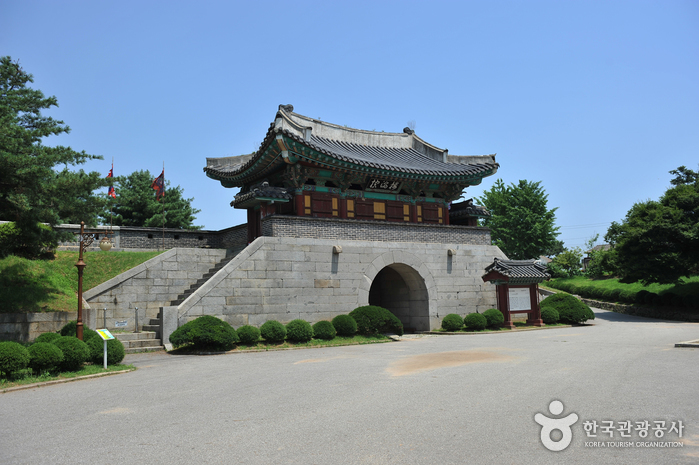
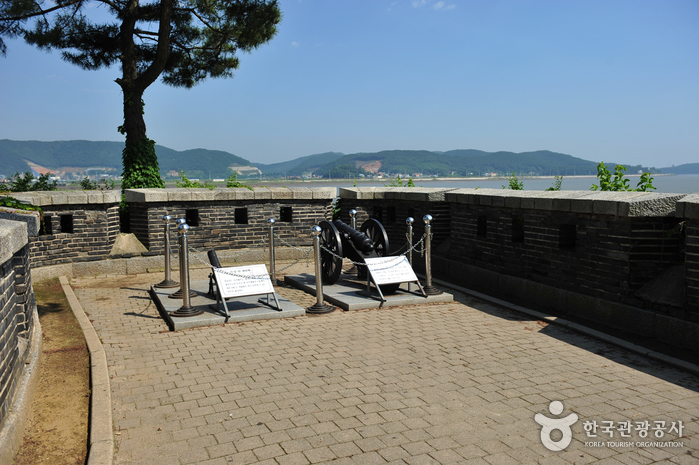
![[Ganghwa Nadeul-gil Course 2] Homeland Fortification Trail ([강화 나들길 제2코스] 호국돈대길)](http://tong.visitkorea.or.kr/cms/resource/05/1895205_image2_1.jpg)
![Uniqlo - Gimpo Janggi Branch [Tax Refund Shop] (유니클로 김포장기)](http://tong.visitkorea.or.kr/cms/resource/07/2880507_image2_1.jpg)
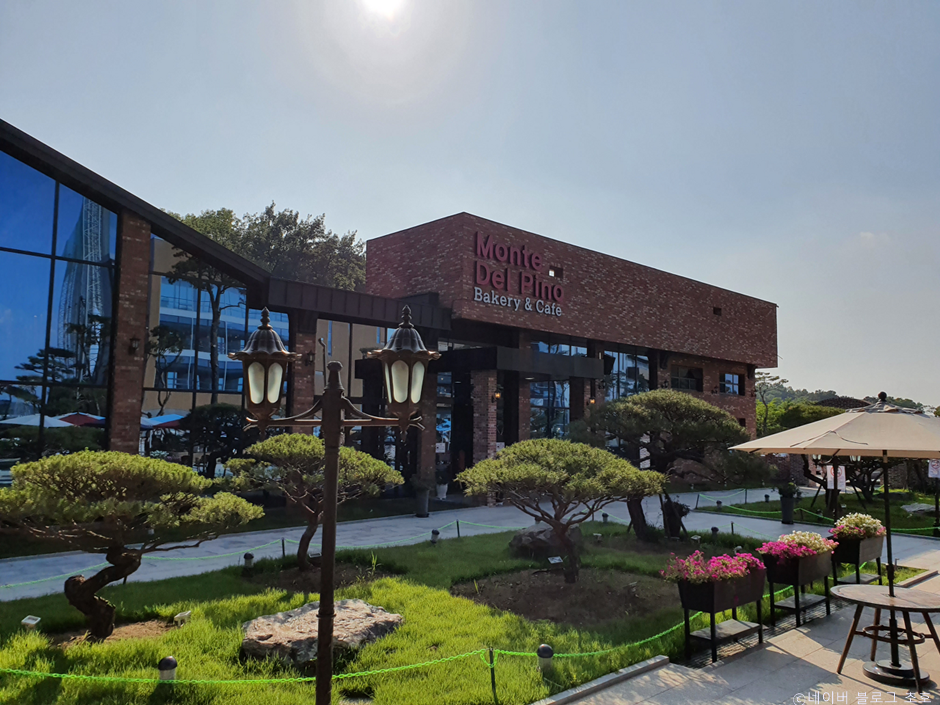

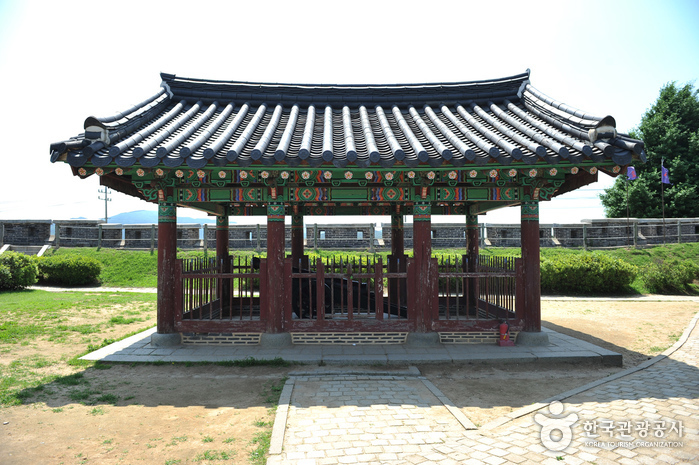
![Spao [Tax Refund Shop] (스파오)](http://tong.visitkorea.or.kr/cms/resource/08/2880508_image2_1.jpg)
![Ganghwa Ginseng Department Store [Tax Refund Shop] (주식회사 강화인삼백화점)](http://tong.visitkorea.or.kr/cms/resource/91/2882891_image2_1.jpg)
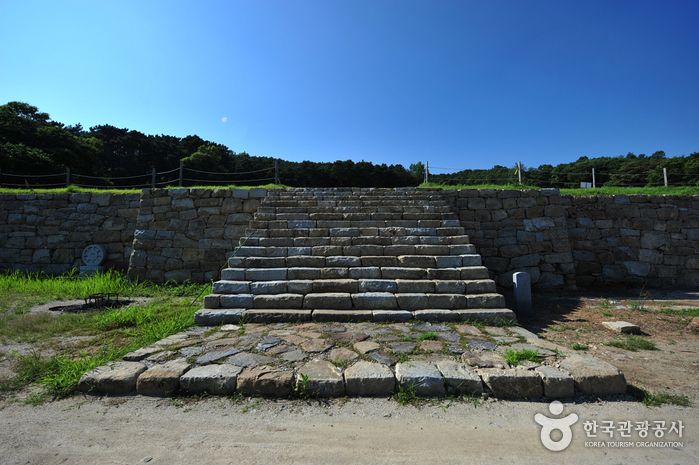
 English
English
 한국어
한국어 日本語
日本語 中文(简体)
中文(简体) Deutsch
Deutsch Français
Français Español
Español Русский
Русский